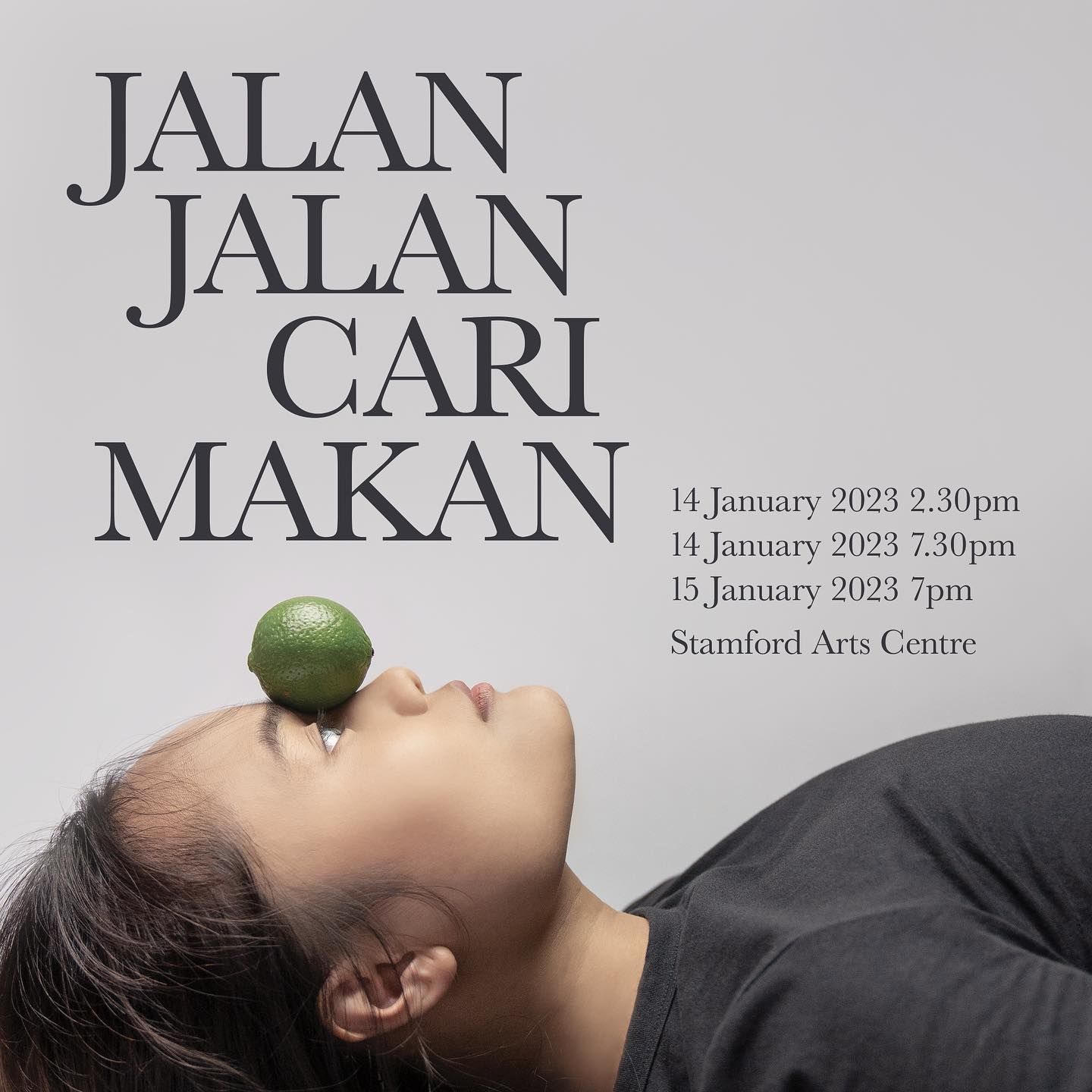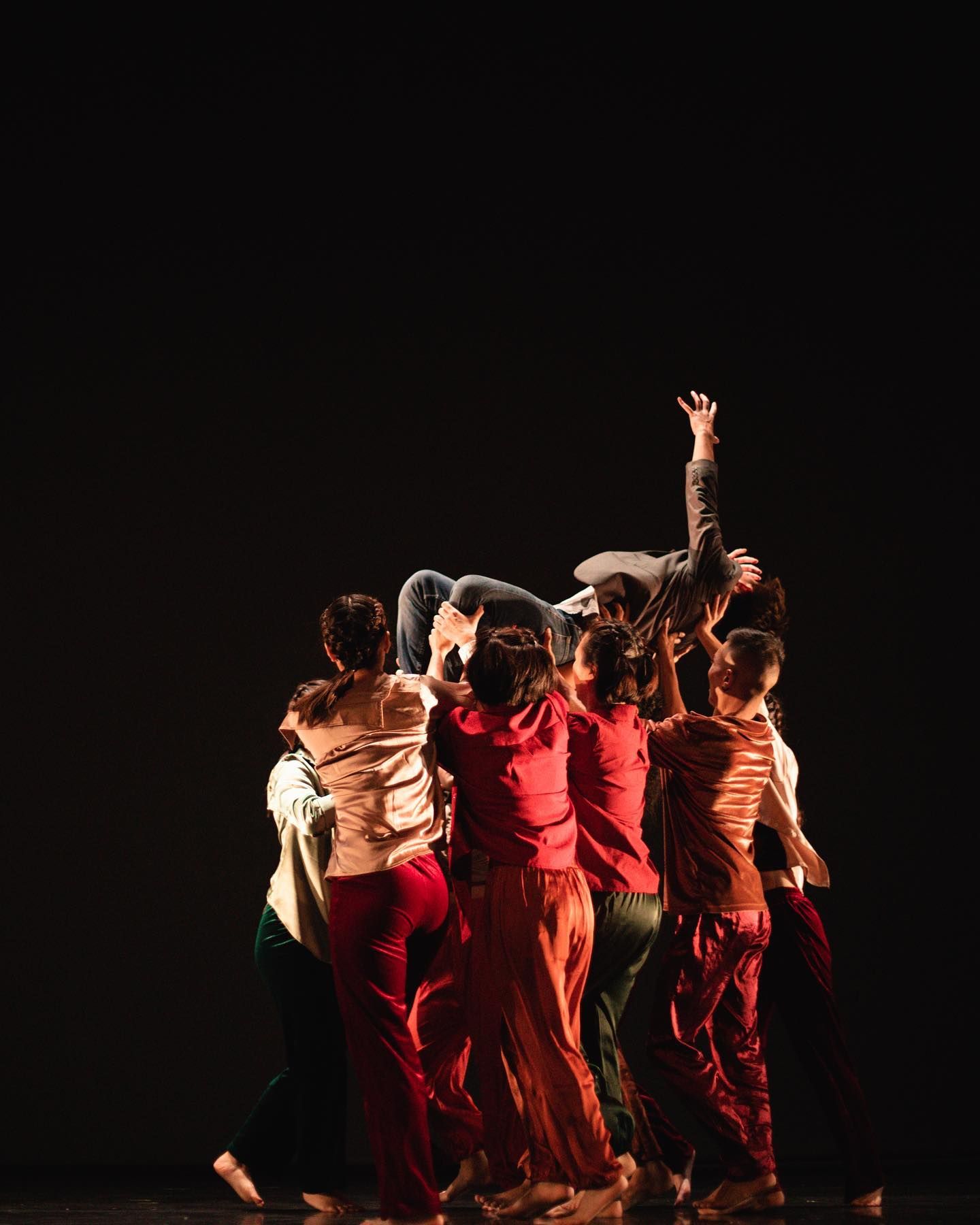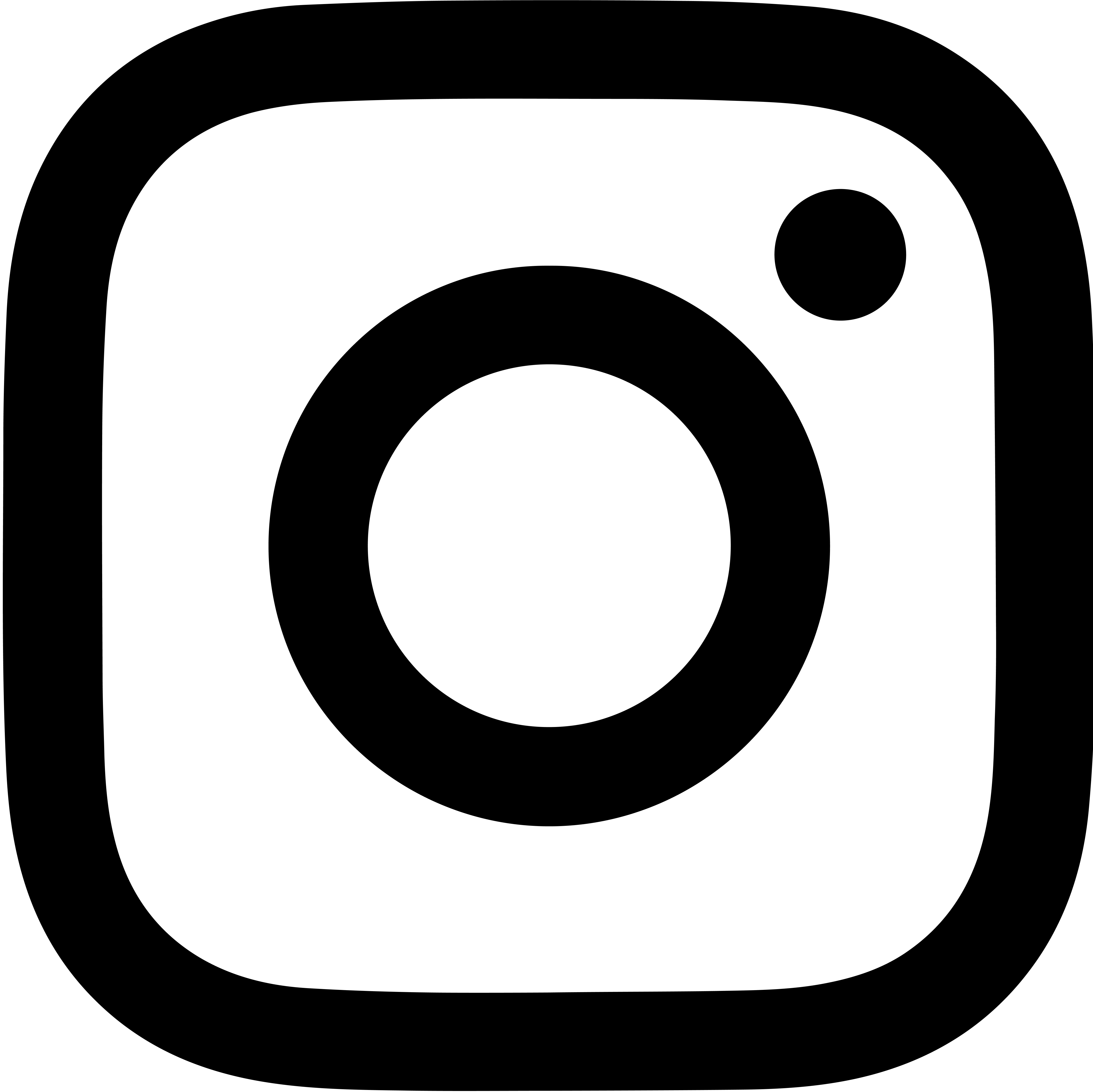Dancing takes enough of a toll on our bodies. Keep yourself healthy and stay on track by knowing the common dance injuries and how to prevent them!

Courtesy of Pexels, Haste LeArt V.
Similar to athletes, dancers are vulnerable to plenty of injuries due to the physically demanding nature of dancing. While professionals make it look easy, dancing takes a lot of strength, stamina, energy and flexibility. So, it is definitely important to know the common injuries and understand how to prevent them. It’s also crucial to know how to train properly and to pace yourself! Improper form when training or overworking and overexerting yourself makes you more susceptible to injuries.
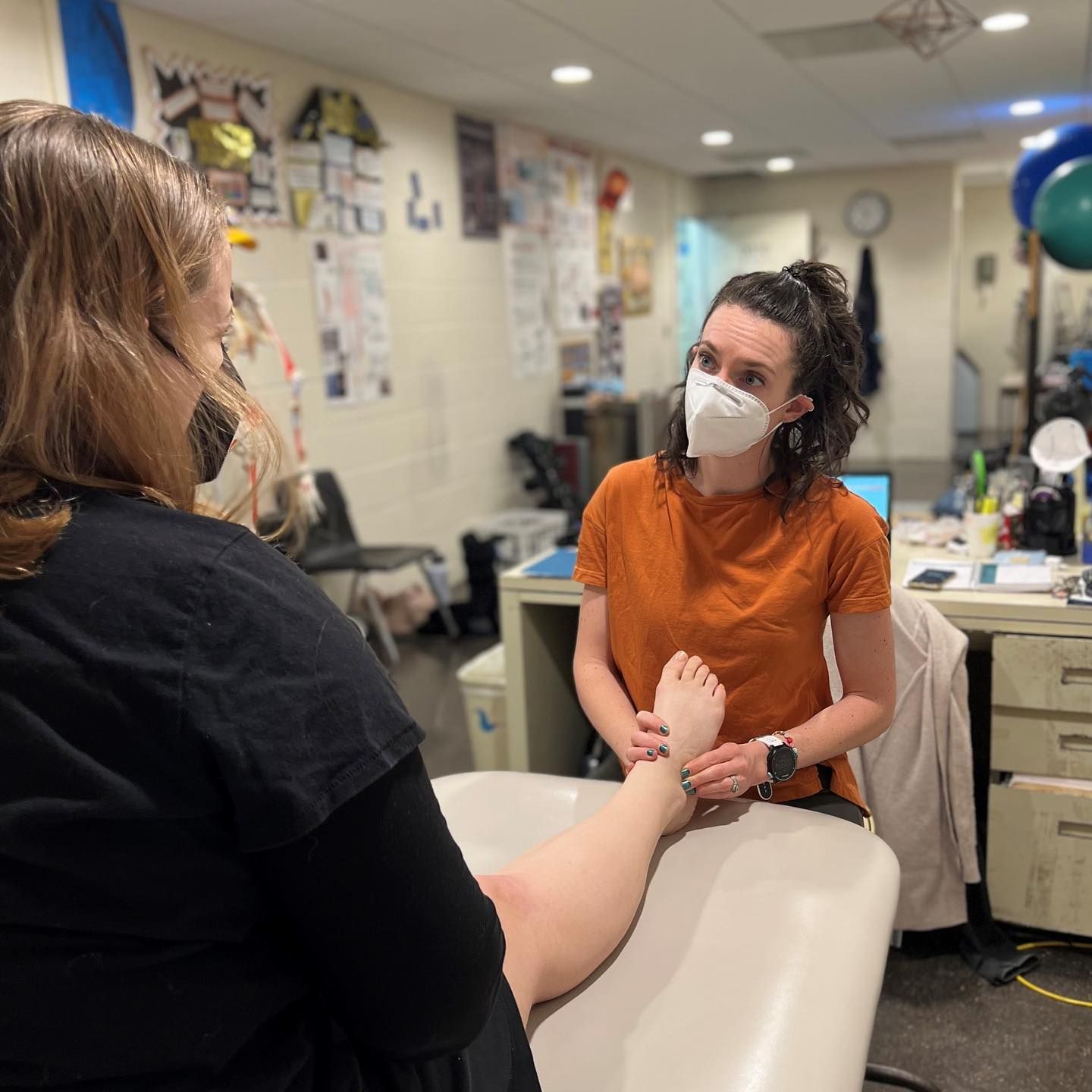
Courtesy of Harkness Center For Dance
Some common injuries that occur from dancing include hip injuries, foot and ankle injuries, knee injuries, stress fractures and arthritis in the knee, hip, ankle and foot. These injuries often occur due to overworking your muscles, having too little time to rest and recover, dehydration, improper nutrition, improper form and execution, frequency and duration of training and external factors like flooring, temperature and even the shoes you wear.
Another aspect you should be well-versed in is being able to distinguish an injury from muscle soreness. You will be able to recognize an injury if the pain keeps you up, is present when the activity begins, increases through the activity and makes you compromise on your movements. Meanwhile, soreness would typically go away within a couple of days.
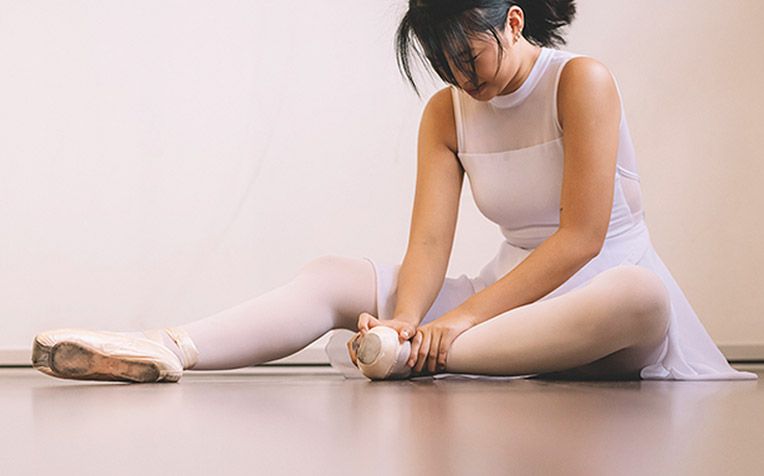
Courtesy of HealthXChange
While you can recover, experiencing an injury opens you up to a higher risk of the repeated injury in the future. So it would be best not to get them to begin with. We spoke to nurse and former dancer Hooi Min for some tips and steps to prevent such injuries:
1. Warm up and cool down

Courtesy of Evolution Dance Complex
Warm ups often naturally occur at the beginning of any class or training, but a cool down is usually optional. However, they are both very important and here’s why! A warm up gradually increases your body temperature and blood flow to your muscles. It helps reduce muscle soreness and lessen your risk of injury as you dance. On the other hand, cooling down allows for a gradual recovery of heart rate and blood pressure. Both these activities promote blood flow and oxygen, reduce strain on the heart and decrease your risk of injury.
2. Consume nutritional diets and stay hydrated
Having a balanced and nutritional diet is essential as deficiencies can contribute to increased injury risk. This is especially so when you are training hard and your energy output is elevated because the lack of nutrition can cause muscle mass and muscle injury. On top of that, good eating habits also help with healing and recoveries like lean muscle growth and lean tissue repair.

Courtesy of Pexels, Ketut Subiyanto
A simple habit such as staying hydrated also plays a big part in risk management. Hydration is important because water serves multiple crucial functions in the body. Water is a major component of blood. Dehydration interrupts cell function by reducing blood volume, which affects the delivery of oxygen and nutrients to injuries that help with healing. Dehydration can also cause dizziness, being disoriented, fatigued and develop headaches which makes you more susceptible to injuries. Water also boosts your immune system, regulates body temperature and lubricates joints!
3. Proper form and execution
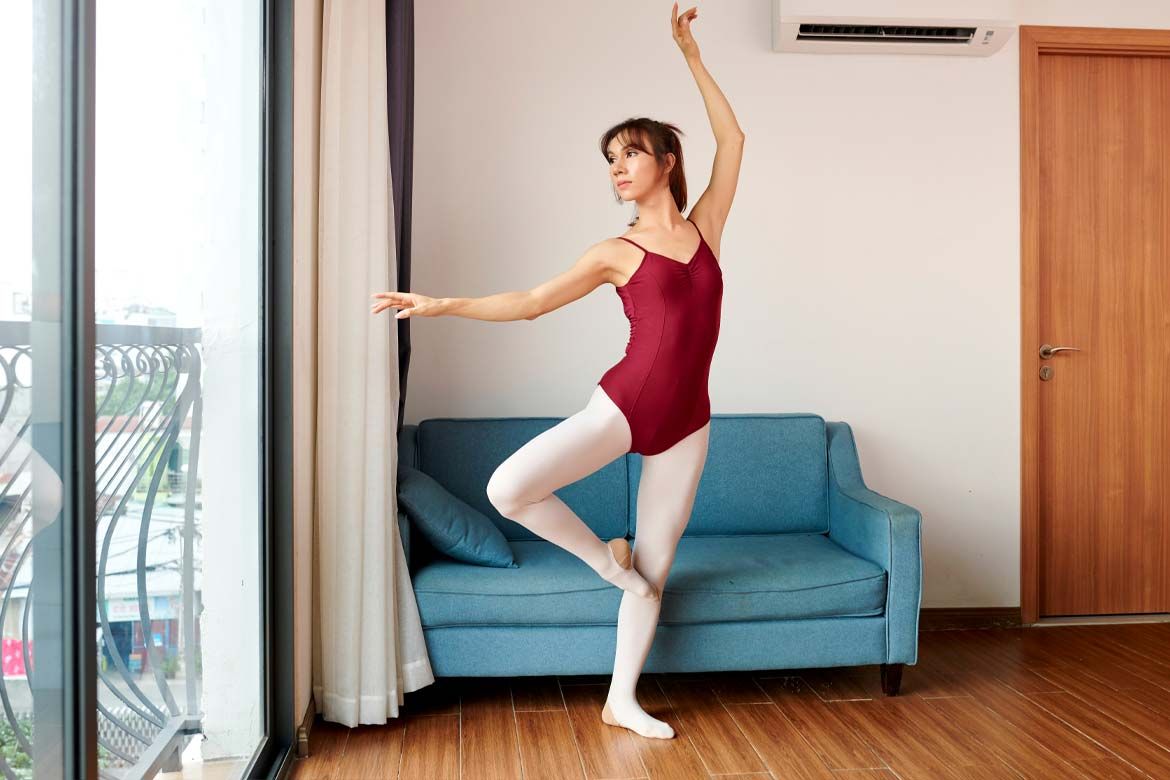
Courtesy of Parkway East
Proper form is important for any physical activity. Proper form allows you to move and perform better while expanding your range of movement and lowering your injury risk. Dance is complex, demanding and routines require plenty of steps repetition. Dancers spend a significant amount of time on their feet, performing and learning in a fast-paced environment which might wear their legs and ankles. Without proper form, control or shock absorption, the increased pressure further aggravates the stress to the hip, knee and ankles joints which are the most common dancing injury sites.
4. Get enough rest
During your sleep and rest is when your body gets to recover the most. They provide an adequate supply of growth hormones for healing. This is also the time where tissues, cells and bones are being repaired and regenerated. Sleep deprivation can delay muscle repair and the tiredness will slow down your mental functions — taking a toll on your mental wellbeing too. However, it is also not beneficial to get too much rest. If this happens, your muscles might be deconditioned, causing muscle atrophy and imbalances which re-invites the risk of the same injuries.
5. Use proper equipment
Equipment here refers to mainly the shoes and attire you wear during training. While they might not eliminate potential injuries, they can at least reduce this by providing your body with the proper cushion and support. The shoes you use can dramatically impact your risks of foot and ankle injuries. This is because they reduce the extreme impact placed on knees and lower body joints. If you need help with picking the best dance shoe, check out our complete guide here.
Of course, attire plays a role in your physical performance and endurance. The two things you should look out for would be fabric and compression. Synthetic clothes work better than cotton as they are more comfortable, breathable and draws moisture from your skin to prevent overheating. Cotton socks should also be avoided as they can cause friction and blisters if not breathable. Meanwhile, compression increases blood flow, circulation and reduces pain and swelling. They help improve our form and exhaustion but similar to rest, it should not reach an extreme. Clothing should not be too tight or it will start to negatively impact performance and endurance.
There are many other aspects to look out for, but these are the most common areas we can consciously regulate and look out for. With this information, we hope that it provides a little more insight and instructions to take better care of our bodies. After all, they are the means to our medium and the extra care only stands to benefit us!
For more dance reads, click here.

